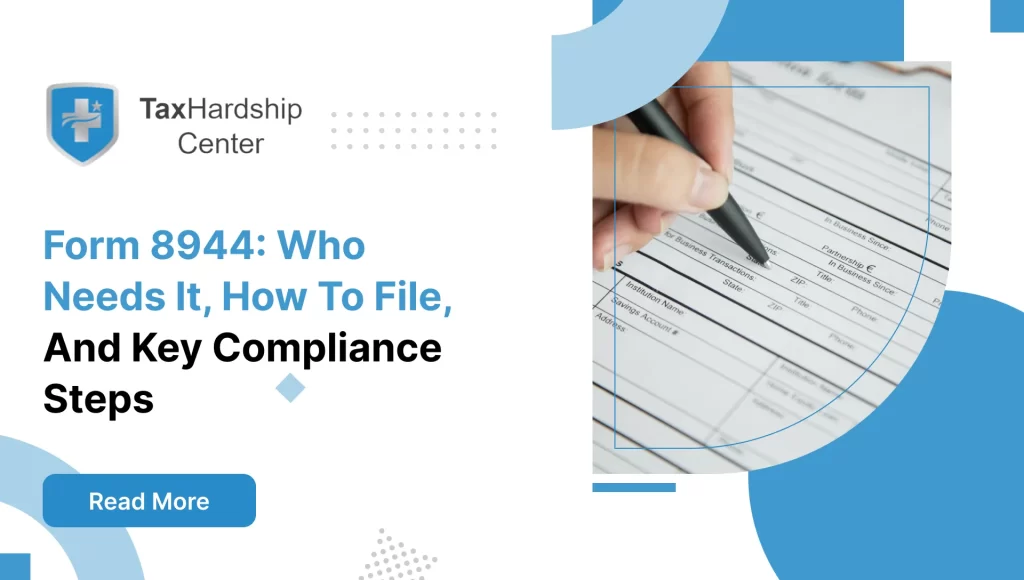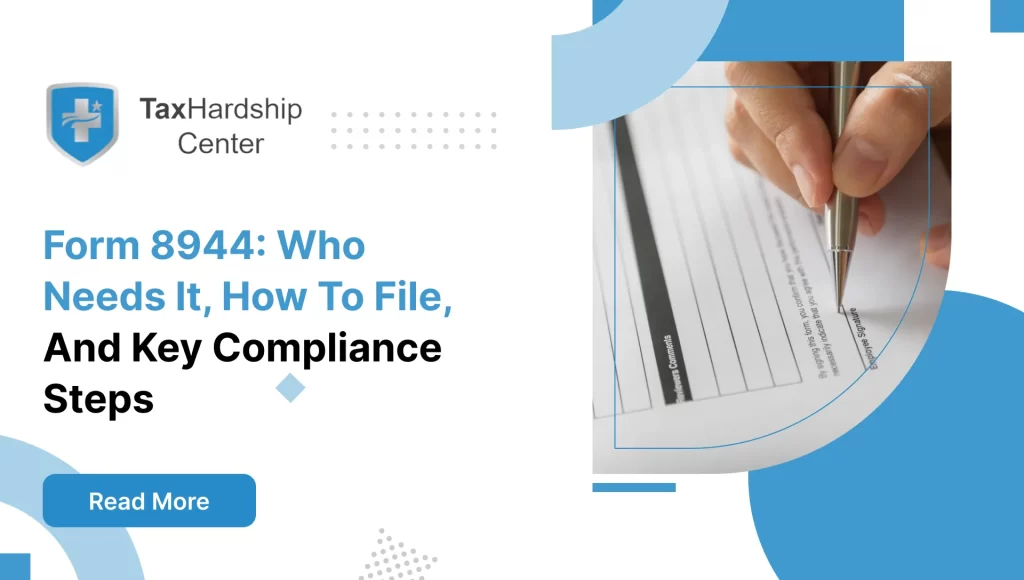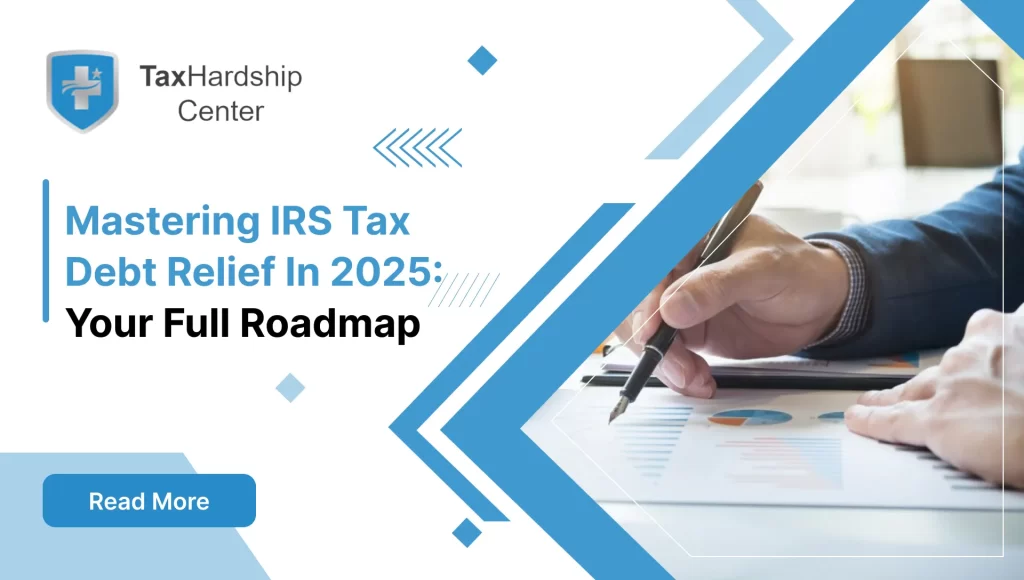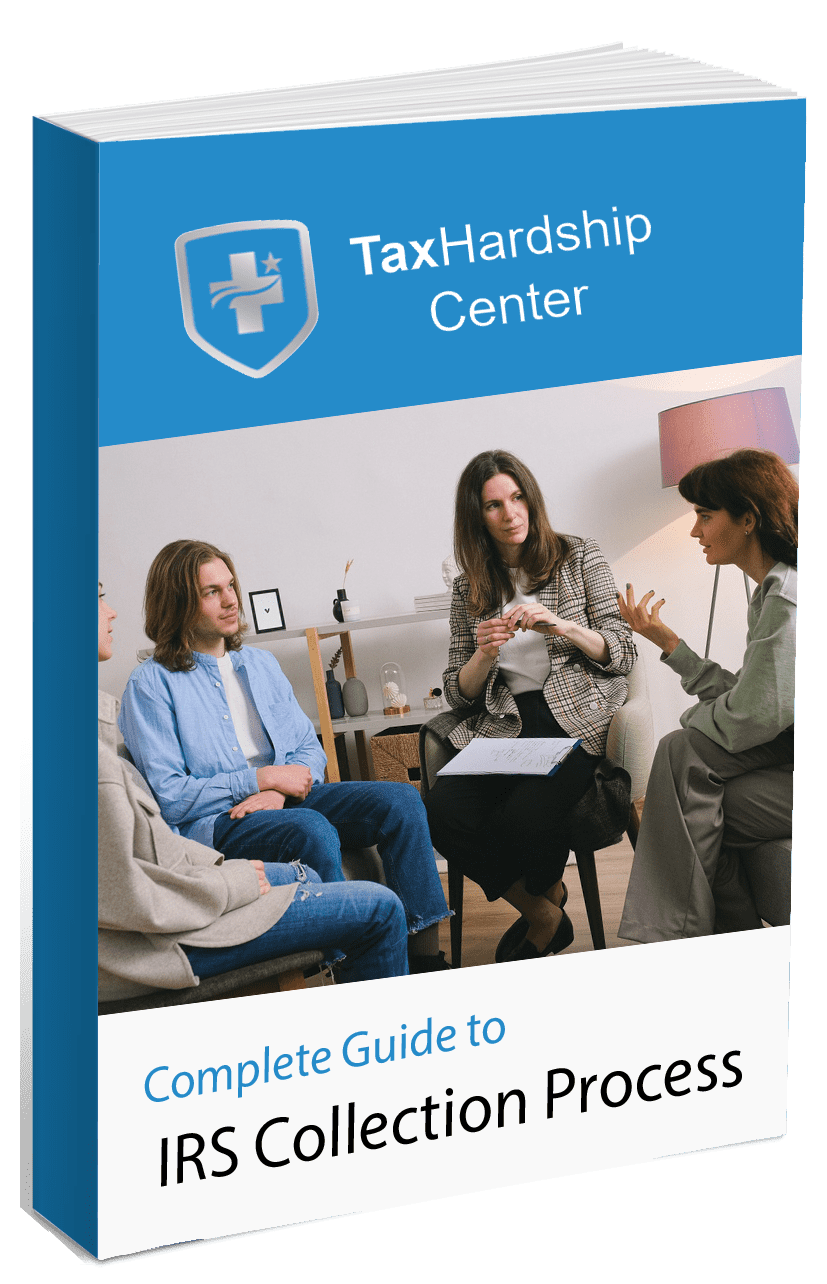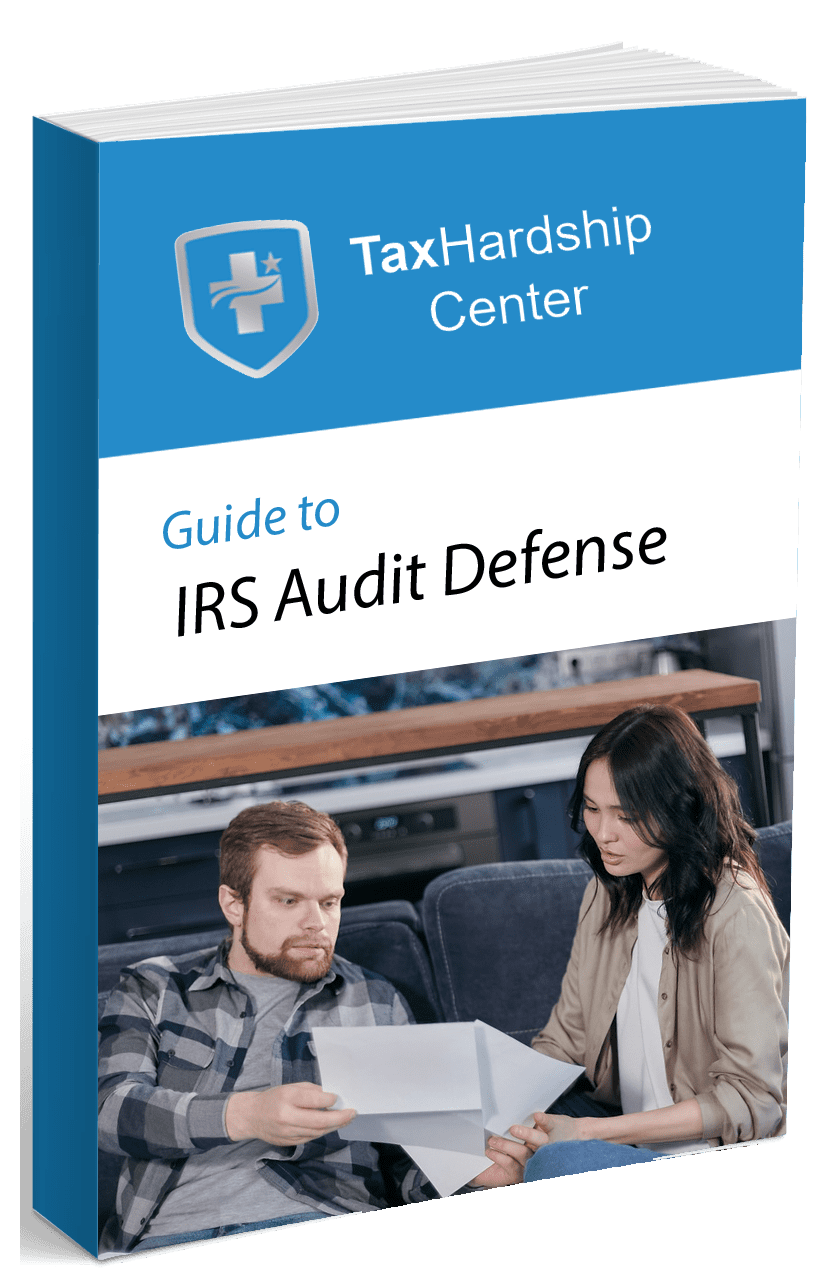Can I respond to IRS Letter 4883C online? The short answer is sometimes. If you meet certain requirements, you can use the IRS’s online tools to verify your identity in connection with Letter 4883C. This letter signals that the IRS needs to confirm who you are to process your tax return. That might sound like an extra chore, but it helps shield you from identity thieves. Below, we will explore the purpose behind IRS Letter 4883C, why you might receive it, and the best steps to handle it promptly and responsibly.
Understanding IRS Letter 4883C
IRS Letter 4883C is not a standard notice about late payments or missing forms. It is an official statement that the IRS wants to confirm your identity before letting your return pass through their system. That happens if they suspect someone tried to file a fraudulent tax return using your Social Security number, or if there are any flags on your file that prompt further checks. Below, we will discuss what the letter is, how it differs from other IRS notices, and the reasons it might land in your mailbox.
What is IRS Letter 4883C?
IRS Letter 4883C is the Internal Revenue Service’s method to make sure you are the taxpayer on record. It commonly arises during tax season. When the IRS sees a potential issue with the information on your return, or if identity theft red flags appear, they may send this letter. It includes instructions to call a specific number or try other verification avenues. You then provide personal details, such as your name, address, Social Security number, and possibly your previous year’s tax details to prove you are who you say you are. This verification helps weed out suspicious filings and ensures your refund—if you qualify—goes to the rightful person.
Purpose of the 4883C Letter
The 4883C Letter supports the IRS’s identity verification process. Identity thieves, scammers, and other criminals often look for ways to claim tax refunds that do not belong to them. Sending a letter that requests proof of identity is one way the IRS checks suspicious returns. The IRS aims to protect genuine taxpayers from unauthorized refunds being issued under their names. It is part of the agency’s ongoing effort to curb fraud, ensure accurate tax records, and keep personal data safe.
Difference Between 4883C and Other IRS Identity Verification Letters
The IRS issues several types of identity verification letters. Letter 4883C often involves a phone call or an in-person visit to confirm details. Letter 5071C, on the other hand, sometimes allows online verification through the IRS website if you meet certain requirements. Another document, Letter 5747C, may require a visit to a Taxpayer Assistance Center. Although all these letters handle identity verification, their instructions vary. Letter 4883C focuses on phone or in-person verification in most cases, but some taxpayers might have the option to handle the process online if the notice provides that avenue. Always follow the specific instructions in the letter you receive.
Brief Word on Professional Tax Support
If the 8944 form feels daunting, Tax Hardship Center provides guided support for tax filings and potential resolution strategies. They handle diverse client situations, including those who struggle with e-file mandates or require specialized waivers. To learn how they can streamline your filing process, visit https://www.taxhardshipcenter.com/.
Reasons for Receiving IRS Letter 4883C
IRS Letter 4883C does not always mean you did something wrong. Often, the IRS has good reason to double-check your information. It could stem from suspicious or out-of-the-ordinary activity on your return. It might involve warning signs that match identity theft cases the IRS has tracked. Or there may be inconsistencies in the data you reported. Let’s break down the three most common reasons for getting this letter.
Suspicious Activity Detected on Your Tax Return
When the IRS sees unusual details on a return, it places a temporary hold until it can verify the filer’s identity. This suspicious activity could be a sudden change in filing status, a brand-new address, or income reported that seems out of place. If something looks off, the IRS issues the 4883C Letter to make sure no one forged your name. Responding quickly helps resolve the matter and puts your return back on the correct path.
Potential Identity Theft Indicators
Data thieves who breach company databases sometimes use stolen Social Security numbers for fraudulent tax returns. When the IRS detects multiple returns filed under the same taxpayer ID, or other patterns consistent with ID theft, it triggers alerts. Letter 4883C is one of the ways the IRS reaches out, because it wants to confirm that you indeed filed the return in question. Identity theft can lead to refunds going into the wrong hands, so the IRS treats these indicators seriously.
Discrepancies in Tax Return Information
You might have a simple data mismatch between what your employer reported on your W-2 and what you listed on your return. Or maybe there is a misprint on your Social Security number that does not match the IRS database. Discrepancies like these can raise questions about the validity of a filing. If the IRS suspects these errors could be tied to fraud, Letter 4883C gives you the chance to verify all details and fix any mistakes.
Immediate Actions to Take Upon Receiving the Letter
IRS Letter 4883C is a prompt to take swift action. Letting it sit on your counter might lead to a delay in your refund or could block your return from final processing. By addressing the letter right away, you improve your chances of a smooth resolution. First, examine the notice to confirm it is legitimate. Next, gather all the documents you need to verify your identity. Then, proceed to follow the instructions from the IRS, whether that means a phone call or an in-person appointment.
Reviewing the Contents of the 4883C Letter
Open the letter and read each line to see what the IRS requests. The letter typically gives you a toll-free number to call, plus guidance on what types of identification you need. In some instances, it might mention an online verification route, though that is more commonly included with Letter 5071C. Still, it never hurts to check your letter for any references to an online tool. Pay special attention to any deadlines or time windows.
Gathering Necessary Documentation
Before you contact the IRS, make sure you have the required documents organized. You will need your Social Security card or a similar form of identification that shows your full name and Social Security number. You also need a copy of the tax return in question, along with supporting documents. Having these items in front of you helps you answer questions quickly and accurately, which can speed up the verification process.
Required Personal Identification
Valid forms of ID for the IRS generally include a government-issued photo ID, such as a driver’s license, passport, or state ID card, plus your Social Security card. If you do not have a physical Social Security card, you might have other official documents that display the number. Check the letter for instructions about acceptable alternatives. The IRS will usually ask for your name, address, and birth date as well to verify data in its records.
Relevant Tax Returns and Supporting Documents
If the letter references a specific tax year, gather your return from that year. If you used software to file, you can print out a copy or have it open on your computer while calling. Also gather W-2s, 1099s, or other related forms that show your reported income. This preparation ensures you can supply the IRS with the accurate details they need for verification. If you filed for multiple years, keep those records on hand, too, in case the IRS has questions beyond a single year.
Contacting the IRS for Identity Verification
Responding to a 4883C Letter hinges on successfully verifying your identity with the IRS. The method you choose depends on the instructions in the letter, your personal circumstances, and the resources available. Many taxpayers prefer the phone call route because it is straightforward. Others opt for in-person visits if the letter or personal preference calls for it. A few find they can complete verification online if the system permits.
Using the Provided Toll-Free Number
Most 4883C Letters give a toll-free number you must call. Expect the conversation to involve personal questions about your tax history. You might get asked to confirm details like your filing status, previous addresses, or the amount of your refund. Keep your prior-year returns or transcripts nearby in case they ask for specific numbers. The representative will check your responses against the data in the IRS database. If it all matches, the IRS will release your return for processing.
Information to Have Ready During the Call
Have your Social Security number memorized or written down, plus the exact address you used when you filed your recent returns. If you changed addresses after filing, mention that to the agent. Also, note if you used a different mailing address on the previous year’s return. The IRS representative may confirm multiple years of returns to establish your identity. Keep your phone line clear and quiet to ensure you can speak freely without background noise.
Alternative Methods for Identity Verification
If calling is not possible or if you cannot verify your identity over the phone, the 4883C Letter may direct you to visit your local IRS office. Some letters might allow you to verify online, but that typically appears with Letter 5071C. Still, you can always ask the IRS agent or refer to the official letter for specifics. In-person verification works for people who prefer face-to-face interactions or do not have the documents needed for phone verification.
In-Person Verification at a Local IRS Office
An IRS walk-in or appointment-based visit can serve as a reliable way to prove your identity. You meet directly with an IRS staffer, present your IDs, and answer any questions they may have. This reduces the chance of confusion or misunderstandings and offers a sense of certainty. If your letter suggests going in person, follow their instructions to schedule.
Scheduling an Appointment
Before you head to an IRS office, make an appointment. Most offices do not take walk-in visitors for identity verification, so call ahead or use the online appointment tool. Be ready to share your reason for the visit. Provide them with the letter information and your personal details. When you arrive on the scheduled date, bring all required documents to confirm your identity and to answer any inquiries.
Documents to Bring for In-Person Verification
Always bring a valid government-issued photo ID. Also carry your Social Security card, if possible, or a W-2 that shows your number. Print out the entire 4883C Letter, the return you filed, and any supporting forms like W-2s and 1099s. If you changed addresses recently, bring proof of your current address, such as a utility bill. This thorough approach will help the agent confirm your identity.
Online Verification Options
Taxpayers sometimes ask, “Can I respond to IRS Letter 4883C online?” The main answer is it depends on the instructions in the letter. Usually, 4883C requests phone or in-person verification. However, some individuals have found that the IRS might redirect them to an online tool if they meet certain conditions. Let’s look at the scenarios where online verification might be an option, plus steps to follow if that door is open.
Eligibility Criteria for Online Verification
The IRS’s online identity verification portal works for certain types of letters, typically 5071C, but a 4883C recipient could attempt the system if it is specifically referenced. You must have access to a robust credit file for the IRS to use knowledge-based authentication questions. You also need a U.S.-based mobile phone in your name for text message confirmation. The site may ask for financial details tied to your credit history. If your credit file is thin, the IRS will not offer an online path.
Steps to Complete Online Identity Verification
If you qualify for online verification, your letter will explain the website to use. Typically, you will create an IRS online account or log in with an existing set of credentials. You will answer some questions about your credit file or your tax return. If you answer them all correctly, your identity is confirmed. At that point, the IRS should resume processing your tax return. If the online tool does not work for you, you will need to contact the IRS by phone or go in person.
Consequences of Not Responding Promptly
Ignoring IRS Letter 4883C can lead to multiple problems. This letter signals a time-sensitive issue. If you do not address it, the IRS will halt your refund and possibly place a freeze on your account. You may then face bigger risks, such as giving thieves more time to use your information. Here are the key outcomes if you let the letter go unanswered.
Delay in Tax Return Processing
The IRS puts a hold on returns that trigger the 4883C Letter until they confirm the filer’s identity. That means you will not see any refund soon. Even if you do not expect a refund, the return will sit unprocessed. That may cause complications if you need proof of income or tax transcripts for loans or financial aid. Taking quick action is the best way to prevent a long hold.
Potential Freezing of Tax Refunds
The IRS can freeze suspicious refunds to avoid paying out to the wrong person. If a scammer filed a return in your name, that freeze could protect your money. However, if you ignore the 4883C Letter, the freeze stays in place. That leads to potential hassles and leaves you with no access to the funds. The IRS can hold the refund indefinitely until you verify your identity.
Increased Risk of Identity Theft
An open investigation on your return means the IRS suspects possible wrongdoing. If thieves have your data, they could try to file additional returns in subsequent years, or use your identity elsewhere. By verifying your information promptly, you help the IRS block further attempts at fraud. This prevents criminals from taking advantage of your unverified status.
Preventive Measures Against Identity Theft
After you handle Letter 4883C, you can strengthen your defenses against future identity theft. Even if the letter turns out to be a routine check, you can never be too careful with personal data. Monitoring your credit reports and implementing an Identity Protection PIN (IP PIN) can deter criminals. Spotting phishing scams helps prevent you from sharing details with the wrong people.
Monitoring Your Credit Reports
Every individual is entitled to free copies of credit reports from the major bureaus—Equifax, Experian, and TransUnion—once a year. Spread these requests out to check one bureau every few months. Look for unfamiliar lines of credit or sudden changes in your score. If you see questionable entries, contact the credit bureau and the fraud department of the lender involved.
Implementing IRS Identity Protection PIN (IP PIN)
An IP PIN adds another layer of security to your tax filings. It is a six-digit code the IRS assigns you each tax year to confirm your identity. Once you have an IP PIN, you must list it on your return, or the IRS will reject your filing. This helps prevent criminals from filing under your Social Security number. You can apply for an IP PIN on the IRS website if you meet certain criteria.
Recognizing and Avoiding Phishing Scams
Scammers often pretend to be the IRS through phone calls or emails. The IRS rarely initiates contact through email and does not send text messages demanding immediate payment. If you see an email claiming to be from the IRS with links or attachments, do not click. Check for official domains like IRS.gov in email addresses. If you suspect a phishing email, forward it to phishing@irs.gov.
Additional Resources and Support
When you deal with IRS Letter 4883C, you might want backup or more information. Thankfully, the IRS provides resources that explain the identity verification process in detail. If you believe you are being treated unfairly, the Taxpayer Advocate Service could be an ally. You can also learn about identity theft at the IRS’s online portal, which offers detailed guidance on securing your data. Below are a few of the most useful resources.
Contacting the Taxpayer Advocate Service
The Taxpayer Advocate Service (TAS) offers free help for taxpayers facing IRS issues that cause financial hardship or trouble. TAS works independently within the IRS to champion taxpayers’ rights. If you struggle to get your identity verified or if you keep hitting obstacles, contact TAS for assistance. Their website has phone numbers and forms you can submit to explain your situation.
Accessing IRS Identity Theft Central
The IRS maintains an online hub, Identity Theft Central, which outlines the steps to take if criminals gain access to your Social Security number or tax information. You can find forms to report identity theft, plus tips on how to monitor and protect your data. Visit IRS.gov/identity-theft-central to review the guidelines, set up any protections available, and learn more about the IRS’s approach to fraud.
Utilizing IRS Online Tools and Services
Aside from identity verification, the IRS website has tools to help you request transcripts, check refund status, and update personal details. If you have an IRS online account, you can access records of your previous tax returns or manage payment plans. Keep your login credentials confidential. Logging in regularly helps you spot any unusual activity under your taxpayer ID.
Conclusion
IRS Letter 4883C is a serious notice that demands immediate attention. By verifying your identity, you confirm to the IRS that your return is legitimate and that criminals are not trying to cash in on your tax refund. Even if you feel certain you have done nothing amiss, do not wait. Gather your documents, call the toll-free number in the letter, or visit your local IRS office. If the letter references an online option, follow the steps carefully. Once you clear this hurdle, the IRS will move forward with your return. Stay proactive and protect your tax information each year. Put measures in place to keep identity thieves out of your finances. Check out additional resources, read your 4883C Letter thoroughly, and take the steps you need to ensure your tax return reaches the right hands, yours.
Why Tax Hardship Center?
1. Hassle-Free Assistance:
Say goodbye to sleepless nights and endless tax-related stress. At the Tax Hardship Center, we believe in simplifying the complex. Our team of experts is dedicated to guiding you through every step of the process, ensuring that your tax concerns are met with precision and care.
2. 14-Day Money Back Guarantee:
We’re so confident in our ability to ease your tax worries that we offer a 14-day money-back guarantee. If you’re not satisfied with our service for any reason, we’ll gladly refund your investment. Your peace of mind is our top priority!
3. Free Consultation:
Are you curious about how we can transform your tax experience? Book a free consultation now! Our team will assess your situation, answer your questions, and provide free insights tailored to your needs.
4. Nationwide Coverage:
No matter which corner of the United States you call home, the Tax Hardship Center covers you. We proudly serve all 50 states, bringing our expertise to your doorstep. Wherever you are, our commitment to excellence follows.
FAQs
1. Can I Respond to IRS Letter 4883C Online?
Most 4883C Letters direct taxpayers to call or visit an IRS office. Online verification is more common with Letter 5071C. If your 4883C includes online instructions, follow them. Otherwise, use the toll-free number or an in-person appointment to verify your identity.
2. What Should I Do If I Can’t Reach the IRS by Phone?
Keep trying during regular business hours, as call volumes may be high. You can also schedule an in-person verification at a local IRS office. Visit the official IRS website for information on making appointments or contacting the appropriate department.
3. Is There a Deadline to Respond to the 4883C Letter?
The letter typically includes a suggested timeframe, often around 30 days. Respond as soon as possible to avoid delays in processing your return and to prevent any additional scrutiny on your account.
4. What Happens After I Verify My Identity?
Once the IRS confirms your identity, it will process your return. You should then receive your refund if you are owed one. Keep in mind that it may take some extra time for the IRS to remove any holds placed on your account.
5. How Can I Confirm the Authenticity of the 4883C Letter?
IRS letters include official letterhead, a notice or letter number in the top right corner, and clear instructions. If in doubt, call the phone number listed on the official IRS website (IRS.gov). You can also contact the IRS directly to verify the letter’s validity.

